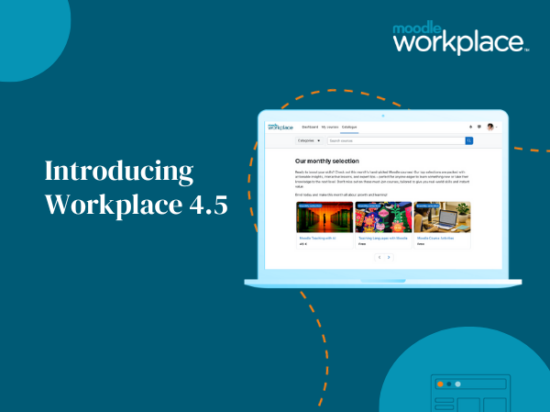If you’re new to elearning as an instructional designer practitioner, or your RTO has asked you to develop e-learning, you’ll want to access a number of tools and resources on offer from the Flexible Learning Advisory Group (FLAG), which manages the National Vocational Education and E-Learning Strategy 2012-2015. FLAG is an advisory group on national directions and priorities for information and communication technologies in the VET sector.
The website is easy to use and navigate; and is an excellent source for tools and resources to help you plan and deliver your organisation’s e-learning strategy. For starters, it helps you on your e-learning journey by providing a template for an e-learning strategy. The document is a great guide in helping you align the business goals to the business e-learning strategy; by doing so you help the business achieve a return on investment and help track learning objectives to learning outcomes. The strategy template has a number of categorised questions, such as:
- Vision
- Leadership
- Industry
- Change
- Business Case
- Current status
- Technology
- Knowledge Management
- Current barriers
- Metrics
- Risks
This is a robust template that will help the trainer/instructional designer ensure their e-learning strategy is suitable for staff and the business.
Plan and deliver e-learning
For example, if this is your first foray in instructional design, there is a Gallery Overview, which displays several e-learning possibilities. You can click on any number of the strategies highlighted will take you different samples that you can use in a range of industries.
The website is a great source of information for how you should deliver your elearning, such as the types of learning management systems to consider and virtual classrooms.
Finding e-learning
Stuck on content? The website also helps you to source e-learning content and provides guidance on how you can use copyrighted material. The Smartcopying website has an advice on how to manage the use of copyrighted material and Creative Commons Australia provides free licences and tools for using licenced work.
Toolboxes
This is the most exciting part of all the features on the website. This section helps you unpack training packages, units of competency and share advice on how you can develop these into self-contained components to deliver single units of competency as required by your business.
The toolkit is structured on the ADDIE (Analysis, Design, Development, Implementation, Evaluation) instructional design model. Furthermore, the website provides a summary list of VET E-Standards which are worth exploring:
- Accessibility: similar to identifying reasonable adjustment with face-to-face training. Identifying accessibility needs to ensure that web content is made available for people with disability.
- Content formats: agreed file formats for all web content to allow usage across all digital devices.
- Content Packaging: enables content to be packaged for portability.
- Intellectual Property: guidance for describing IP and how to attribute credit.
- Metadata and vocabularies: provides description on how resources can be tagged which allows content to be found and used with greater ease.
- Desktop & Mobile Platform: hardware and software platforms recommended for VET e-learning content systems
- Repositories: describes the standards for using and repositories.
- Web services: technology tools used for the exchange of data on the web.
The FLAG website is a comprehensive reference and reference tool, which gives e-learning professionals and trainers access to content and technology tools to create effective and engaging material. Take your time browsing through it, and explore several of the recommended reading links. Download the material and play around with it: it’s the best way to learn.







